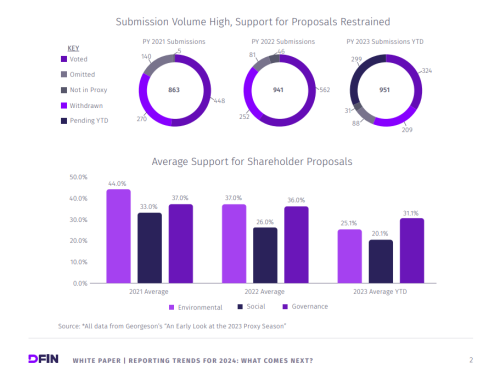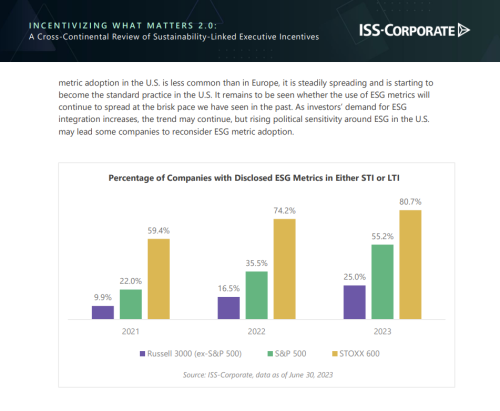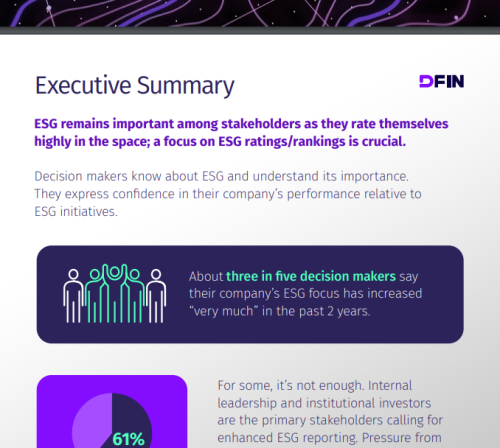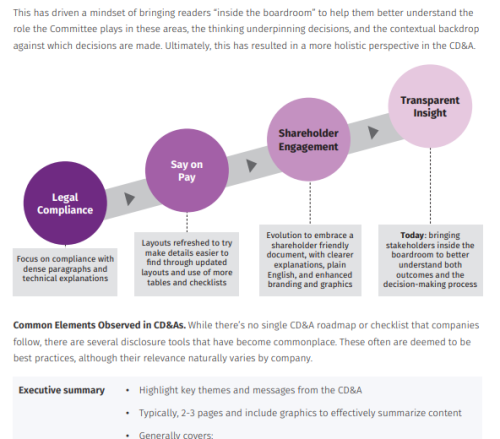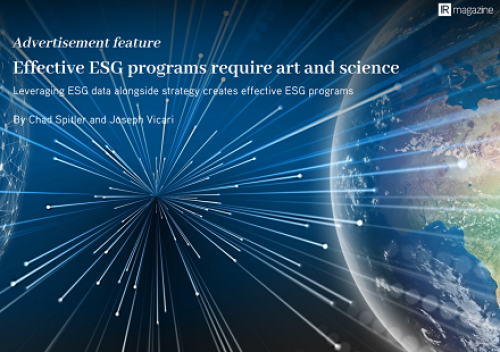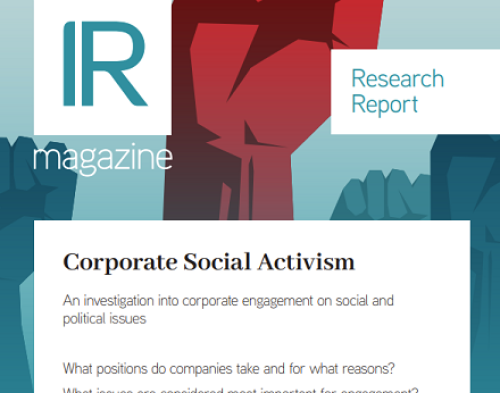A corporate governance activist finds the tables turned
Neil Wollman and Abigail Fuller are professors at Manchester College in Indiana. Like many other liberal-minded college professors whose retirement savings are managed by TIAA-Cref, this husband and wife team sees investment returns in terms of more than just simple dollars and cents. They want their investment to make a positive social impact over the longer term.
TIAA-Cref is a voluble and successful corporate governance activist in New York City. Confronting company managements in closed-door
You need to register to access 3 free deep dive articles per month. To continue reading please register or login below..
- Unlimited deep dives
- Data-driven research around key topics
- Buy-side insights
- Benchmarking reports
From
$1495


